Why The Sun Never Sets Over San Serriffe
"They simply refused to believe that the islands did not exist."
Hello! This is Everything Is Amazing, a semi-clueless but well-meaningly enthusiastic romp through the sciences in search of a good “wow!” (or perhaps a good carrot).
I thought I’d already be in your Inbox with the second part of this look at the islands we invisibly build into the urban environments around us - but then I got a bit derailed by thinking about golf courses, and - well, you’ll see what that means. That piece be with you on Tuesday.
But today, please forgive me for digging up one of my favourite stories, because (i) thousands of you didn’t see it the first time round, (ii) I’ll never not laugh about it, (iii) because it’s about islands (the main theme of this season), and (iv) because a few hours from now it’ll be April Fool’s Day.
So here, yet again, is one of the most absurd and outrageous travel articles in British publishing history.
This is the sight facing you if you opened the pages of The Guardian in early April of 1977.
Alongside details of a breakdown in negotiations between the Soviet Union and the United States, and a warning about British pubs overcharging anyone having the wretched indecency to order a soft drink instead of a beer, this map headed a special travel feature about the world’s least-known newly independent island republic, San Serriffe.
Never heard of it? Most Guardian readers hadn’t either. This tiny nation, “grouped roughly in the shape of a semicolon,” was a remarkable scoop, and judging from the size of the feature (7 pages!), the newspaper clearly knew it.
Then there was the advertising:
For the careful reader, further surprises awaited - like how ‘extreme tides’ were pushing San Serriffe towards the northwest:
“… the islands will accelerate at first gently and then more rapidly as they approach Sri Lanka. Simple calculations suggest that the island group will hit the coast of Sri Lanka at a velocity of 940 km an hour on January 3, 2011.”
Um.
“…[enjoy] the many beaches from which terrorism has been virtually eliminated…”
Wait, is all this just a massive…?
The great San Serriffe hoax of April 1st, 1977 wouldn’t have fooled many folk today. You don’t have to be a web designer to spot the typeface names (but if you are, you might also see that the name “San Seriffe” is written in - yep, you guessed it).
If they tried the same thing in 2024, social media would be awash with LOLs within minutes. But in 1977? And with all that convincing-looking advertising? It was the perfect April Fool - partly because at that time, no major newspaper had ever done something so breathtakingly ridiculous.
To spoil the joke entirely, here’s a full list of the typographic puns, courtesy of Doug Wilson’s comprehensive writeup:
Island Name: San Serif typeface (without serifs)
Island Shape: Semi-colon, Upper Caisse & Lower Caisse
Pie Island: When you drop letterpress type on the ground
Port Elrod: A hot-metal strip-casting machine
Typefaces: Port Clarendon, Bodoni, Erbar, Perpetua, Umbra, Garamondo, Gill Sands, Gill Cameo, Monte Tempo, Montallegro
Ova Mata: Type that does not fit in a column (also called “over set”)
Woj of Tipe: “Wodge of Type” A bulk quantity of type
Printing Terms: Villa Pica, Pearl Island, Cap Em, Thirty Point
Flong: A curved papier-mâché matrix which helped create stereotype plates for rotary press printing
And the cleverest bit of this: it was originally going to be a single page. But then its perpetrators realized a bigger (equally faked) feature would generate a lot more money for the newspaper by weaving themed advertising into it - if the real advertisers were brave enough to play along.
They were.
It worked magnificently:
According to Guardian Deputy Editor David McKie:
"The impact of the seven-page survey was quite astonishing. The office all day was bedlam as people pestered the switchboard with requests for more information...[they] simply refused to believe that the islands did not exist."
The Guardian also sold a vast number of "I've been to San Serriffe" bumper stickers - and around 12,000 San Serriffe t-shirts. (I would say “you can’t make it up” - but, well, they did!)
It’s an amazing story with timeless appeal. When I originally posted all this on Twitter in 2021, it went nuts - although I was far from the first to post it on there.
Nowadays we’re all on high nonsense alert on April 1st. Modern audiences are much less easy to fool - so huge credit to Ordnance Survey for this gem from 2018, claiming it was a newly arisen island west of Ireland, resurfacing after being “lost to the sea for centuries”:
(Here’s how they made it - and here’s the “real” mythical island they were referencing.)
I love all this because it’s how I entered travel writing: via a side door marked “shameless parody.” It’s why I love Tom Gleisner and Rob Sitch’s gleefully tactless Molvania: A Land Untouched By Modern Dentistry, and W.E. Bowman’s The Ascent Of Rum Doodle. Exploring the world is great and all that, but poking fun at exploring the world? Oh hell yes.
My love of fake geography started early. Here’s a map that hung on my wall when I was a kid:
As a teenage nerd growing up in Norfolk (the one in England), Middle Earth often felt more real to me than the world outside my bedroom window - especially the mountain chains, since my part of England looked like it was designed with a spirit-level.
This feeling intensified almost painfully when I bought a copy of Barbara Strachey’s meticulously researched Journeys Of Frodo:
(Wish I’d kept my copy. The 1998 reprints are expensive and hard to find, so who knows what the first editions are worth now? Ghagh.)
Maybe at this point a well-adjusted traveller (or person, generally) would say something like “…and then I discovered real maps, and the rest is history.” Well, not quite so much in my case.
I did fall in love with cartography in a big way, thanks to the colossal fold-out charts that came with my dad’s copies of National Geographic Magazine…
And when I learned basic navigation as part of my Duke Of Edinburgh award, via the British RAF Air Cadets, I was smitten.
(This was back when maps were mostly made of paper - and there’s an important point here. Yes, modern digital maps are immensely useful, but we need the foldable kind as well. In particular, we need them for their ability to not immediately tell us where we’re going and how to get there, so we have to search through them and learn how they work, stumbling across all sorts of interesting things along the way. Paper maps are curiosity engines - so it’s worrying that we might be forgetting how to read them.)
But while I now love real maps, I think I love stupid fake maps slightly more.
And I’m certainly not alone:
(Courtesy of the rightly popular TerribleMaps.)
It’s also thanks to a map of hilarious stupidities that I recently discovered a ludicrous and irresponsible prank on an epic scale from Alaska, where in 1974 a World War II veteran successfully faked a volcanic eruption. That full story is here.
But on the whole, is the age of the truly convincing April Fool’s hoax now over? I’d have said yes, except for the enduring popularity of San Serriffe, and how completely and utterly The Guardian and its advertisers committed to the bit in a way few people ever have in the time since. Could someone craft a modern take that was brave/reckless enough to rope in some really huge advertisers in much the same way? Would the joke land, or miss entirely? Would they be lauded and applauded, or dragged from one end of the internet to the other and then eviscerated?
It’s probably an awful idea for everyone involved - but I still wish they’d try.
- M
Images: Sergio Mena Ferreira; Barbara Strachey; The Guardian; Ordnance Survey; Doug Wilson; Mike Sowden.




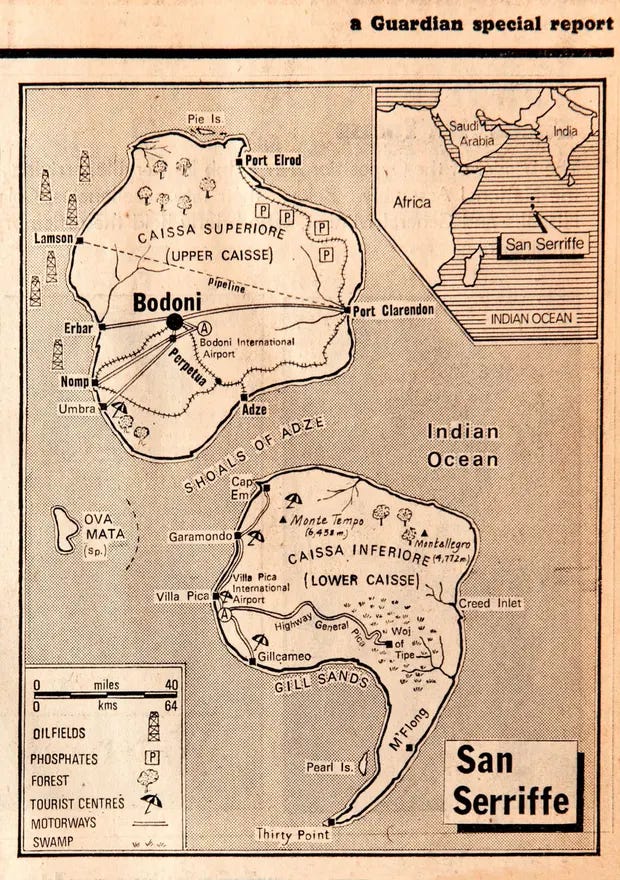
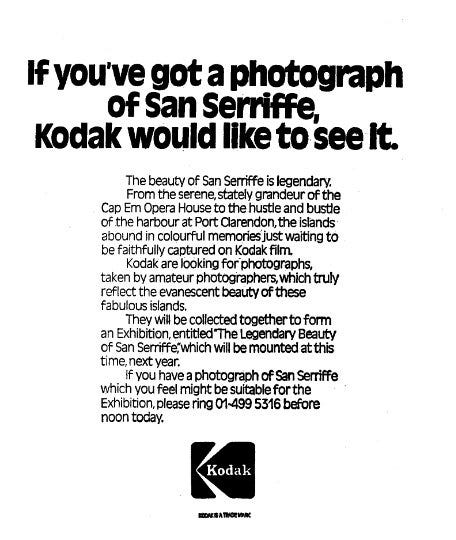
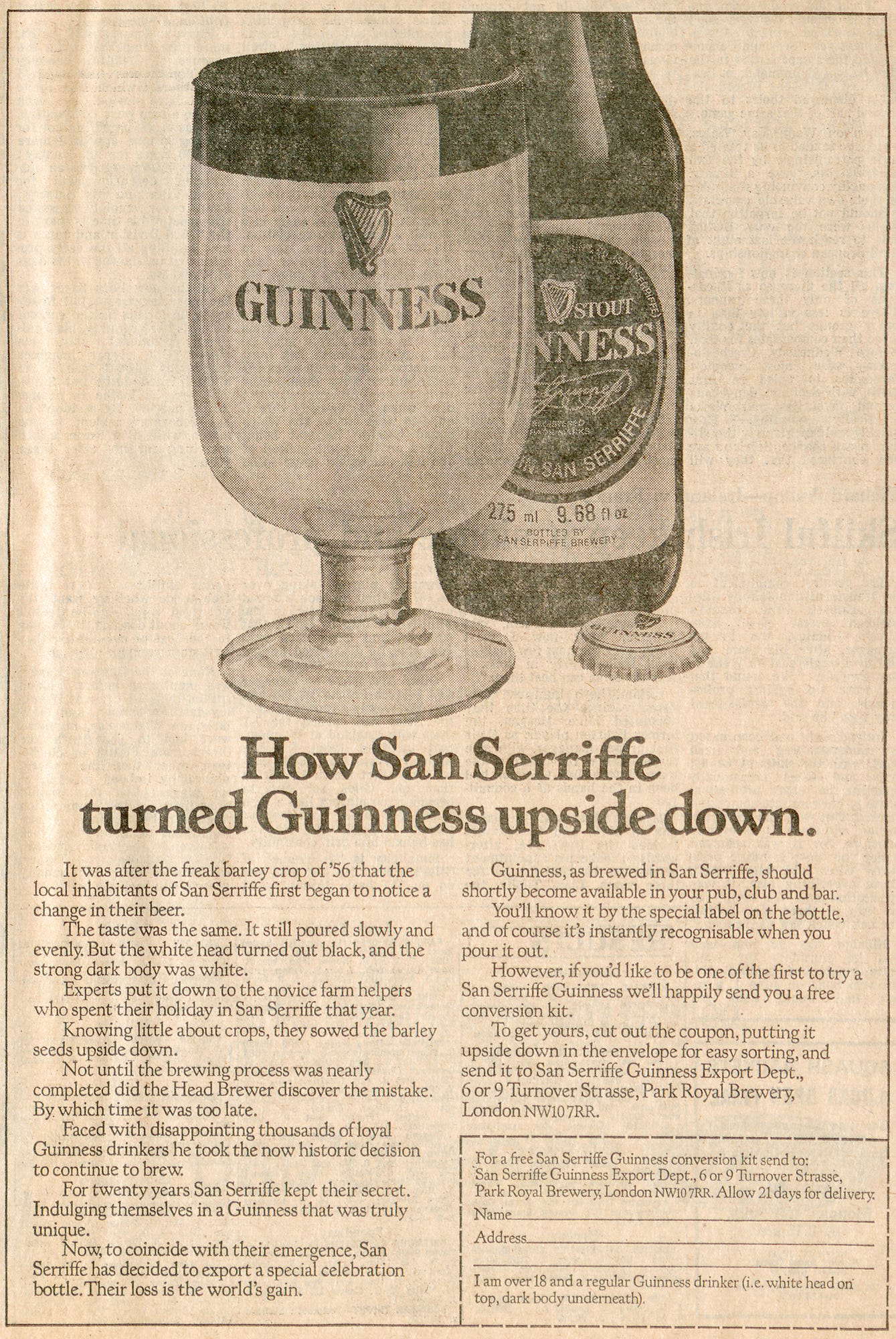
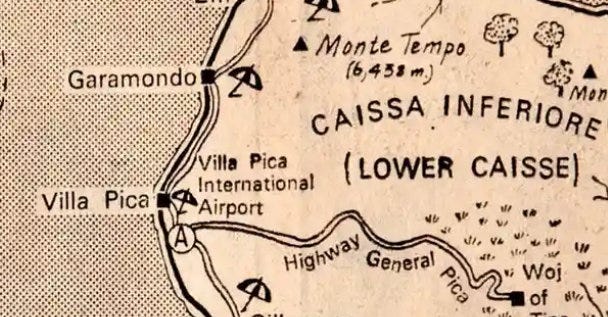
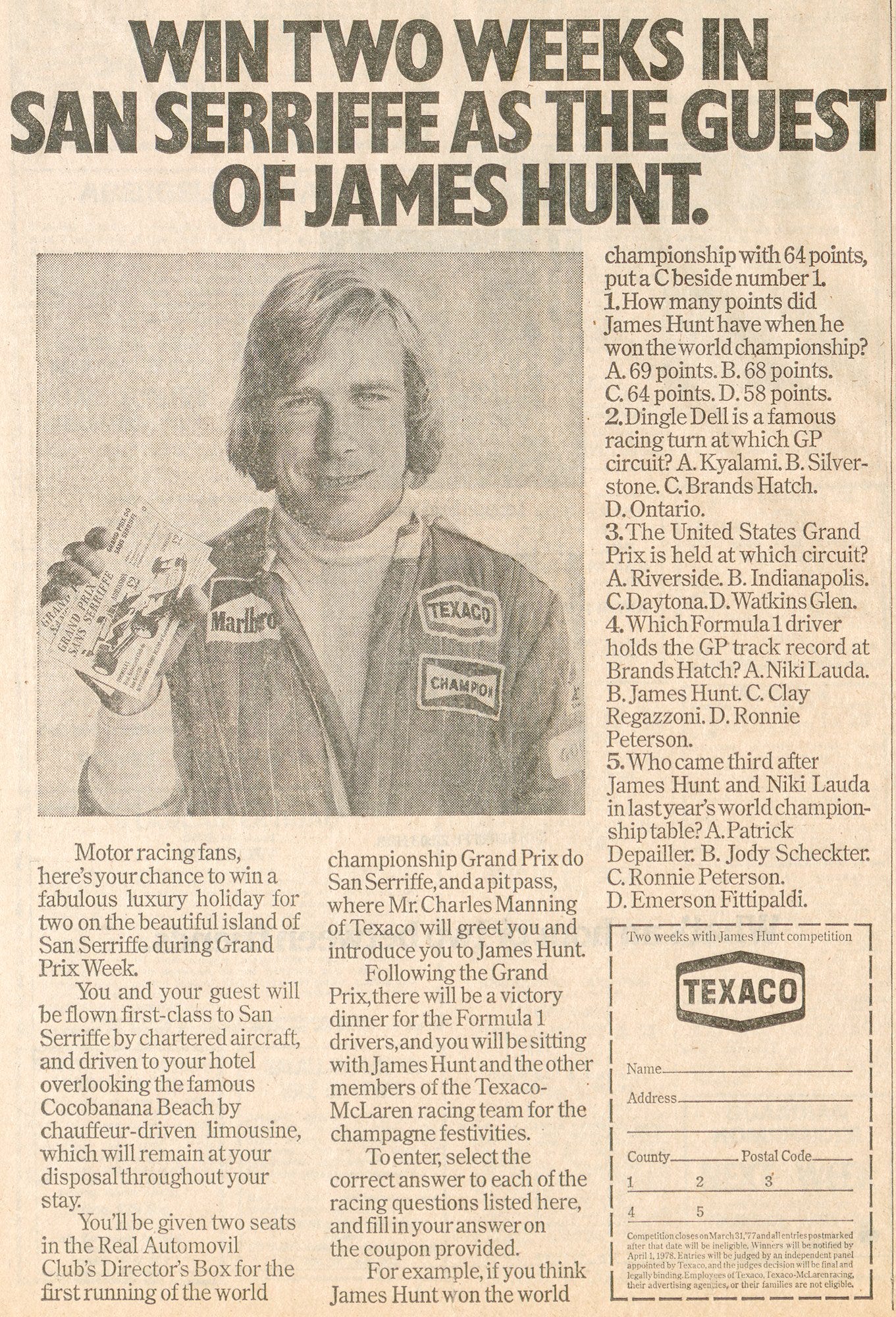
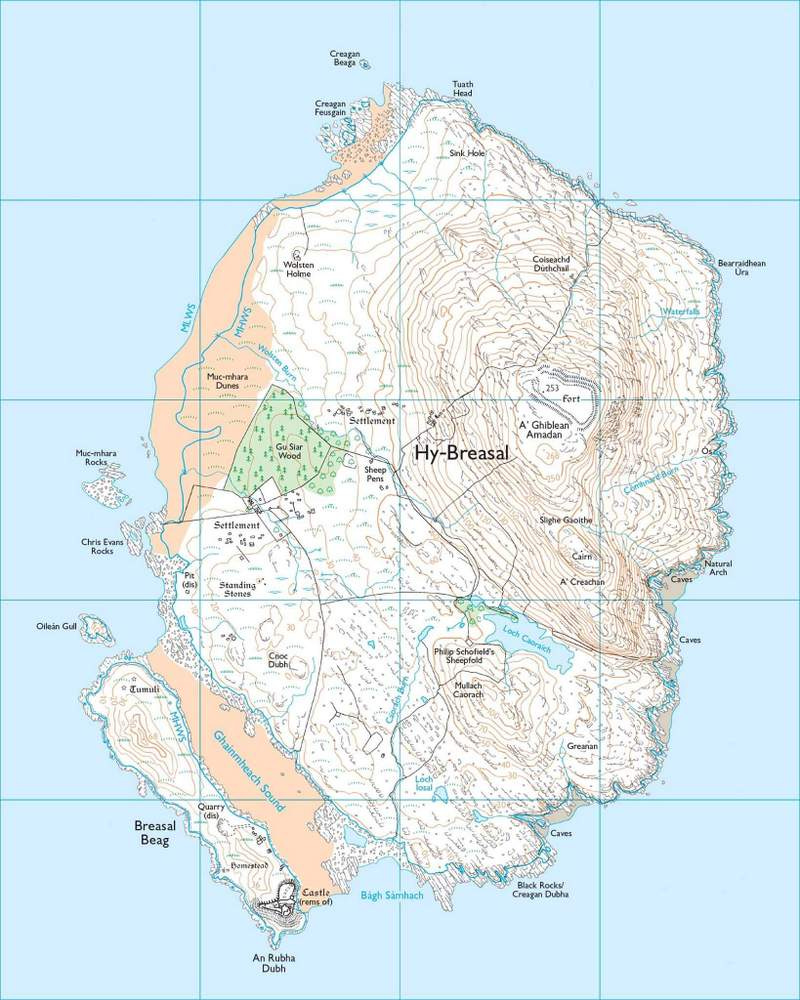
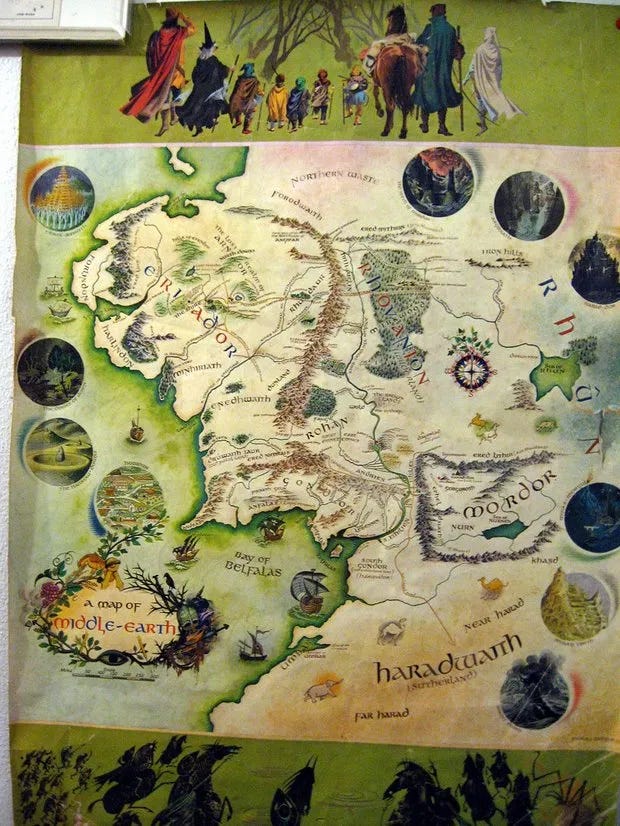
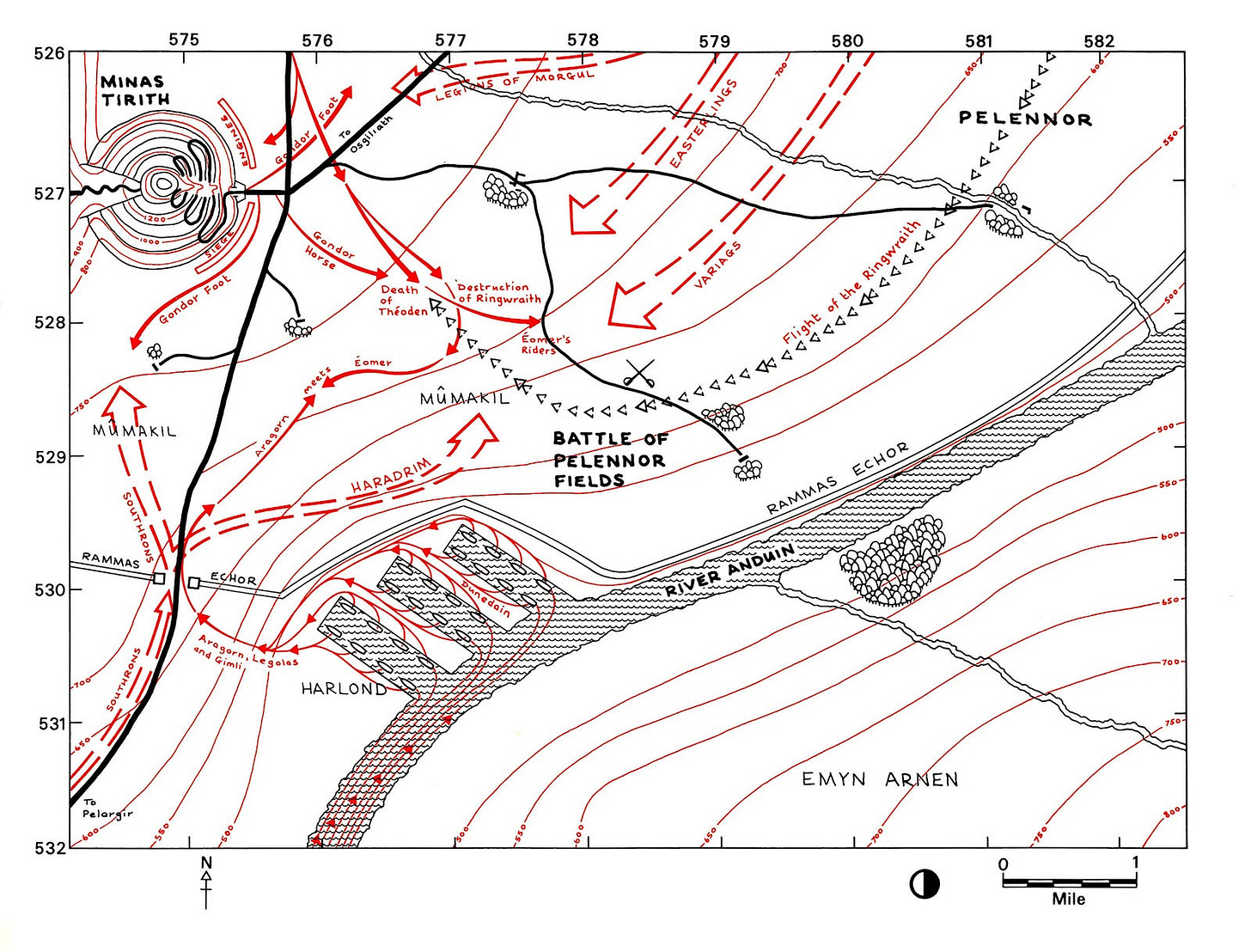
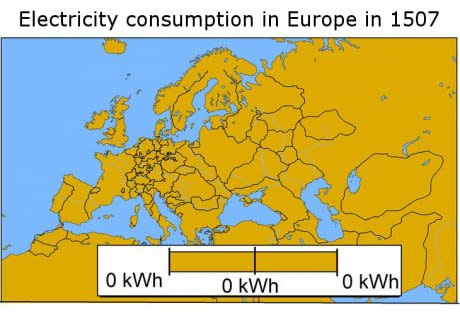
Loved this!! My love affair with maps started decades ago with those occasional maps in National Geographic magazines, and continues to this 8th decade+ as I do genealogy research with old maps, local maps, huge maps, tiny maps. Love them all. Thanks for the great post today!
I don't know how I never heard of Terry Pratchett before, especially since there are 41 books in the Discworld series. Only a few pages into Equal Rites and I am already in love. Thanks for the recommendation!